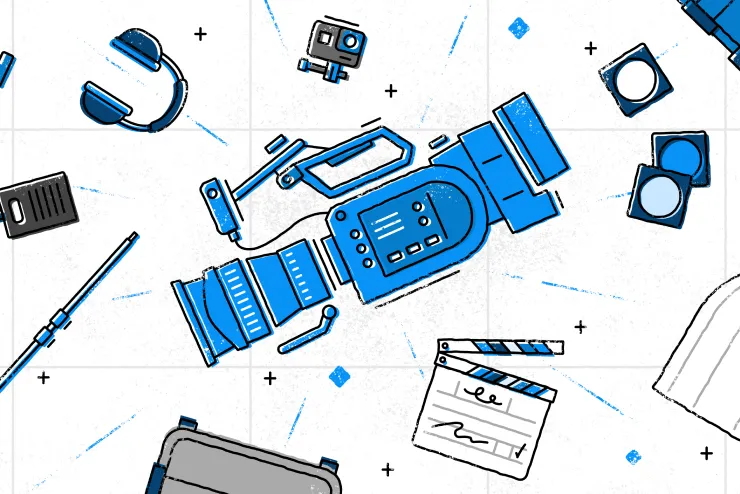They can spot cliches and story tropes coming from a mile away, so our editing has to be airtight. We are tastemakers, but we are also keenly aware of which flavors are palatable for the audiences we serve. Experience, market research, and plain old good taste are some of the elements we rely on to confidently tell our clients’ stories. But most important is keeping our audiences in mind in the editing room, recognizing the impact our messages can have on important policy issues when we effectively capture and maintain viewers’ attention.
Turning Heads and Shaping Opinions With Video

On a lazy weekend evening, you sit comfortably in front of your TV streaming your favorite drama, when in the middle of the episode your couchmate announces their confusion: “Wait, who is that guy again?” That could mean your partner fell asleep during last week’s installment, but it might well be an example of poor decision-making in the editing room.
As audience members, when we focus our attention on a film or even a short piece of video, our brains need cues and signals to understand the imagery and sound washing over us. An effective narrative leads the viewer carefully through the experience, ensuring the intended emotion or information comes across clearly without confusion or technical interruptions. A single miswritten word in a script or a distracting video cut can cause unintended reactions and lead to skepticism. Making sure that doesn’t happen is the video editor’s job, and this attention to detail is a particular focus of the NJI video team.
Much of our work consists of policy messaging, and our clients often purchase TV time or targeted streaming placements in the Washington, D.C., area. When a brand makes this type of investment, clarity of message is essential, and it’s largely achieved through the editing process. This includes analyzing how the audience will interpret every image within the context of the issue, identifying preconceived notions that may affect their interpretation, and removing distractions that could muddy the message. Effective editing also ensures that every on-screen shot matches the scripted voiceover and is supported by text-based motion graphics — allowing the viewer to see, hear, and read important information.
The juxtaposition of each shot to the next is just as important as the individual image: Every shot must link together, like puzzle pieces that reveal a larger picture along the way. In the early 20th century, filmmaker Lev Kuleshov experimented with montage and discovered that audiences interpreted a man’s emotionless face differently depending on the image that followed. For example, when Kuleshov juxtaposed the face next to a bowl of soup, viewers thought the actor was hungry.
In the modern era, Academy Award winner and contributor to The Godfather Walter Murch called the editing process “a dance of eyes.” When a person on screen looks to the left, the audience innately expects the next image to be oriented in that direction. Timing is also crucial. For instance, careful editors will avoid making a cut when a subject is blinking because it hinders our desire for eye contact and thus makes viewers uncomfortable. These principles of montage aren’t exclusive to Hollywood, by the way; they drive every video, especially those with a specific message to deliver.
NJI has recently produced an extensive body of short-form documentaries. This format is a great way for clients to showcase their agendas and accomplishments because it promotes transparency in their brand stories. Matching a sound-bite of expert testimony with first-hand experience from someone on the ground brings a sense of realism that helps the viewer relate to and trust that the message is genuine. When our team shoots interviews, we are constantly performing real-time editing in our minds, planning ahead to build a cohesive sequence from the footage as we capture it. Helping our clients understand this process as we are shooting is one of the important ways we involve them in the product.

